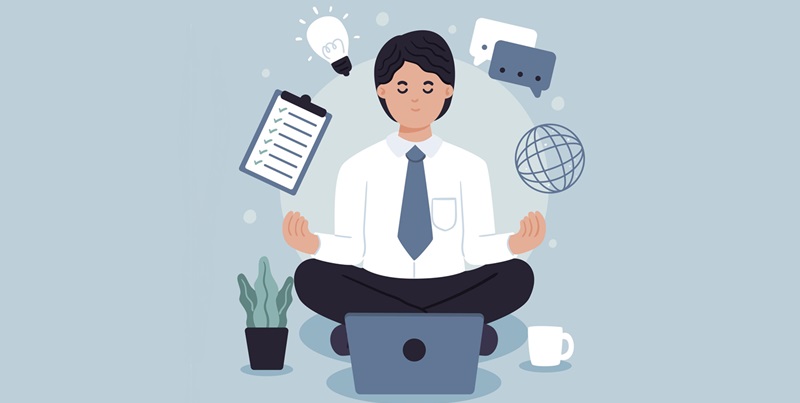The recent Global Life-Work Balance Index by Remote sheds light on the countries that excel in creating an optimal balance between professional and personal life aspects for employees, presenting insights that could shape future workplace policies worldwide. Evaluating various criteria such as statutory annual leave, minimum sick pay, paid maternity leave, minimum wage, happiness index, average working hours, LGBTQ+ inclusivity, and global peace index ranking, the index provides a comprehensive overview of where different nations stand.
Leading the Way – New Zealand
New Zealand emerges as the top-ranking country in the Global Life-Work Balance Index, achieving a score of 80.76 out of 100. This outstanding ranking stems from several factors, including New Zealand’s impressive minimum wage and its generous annual leave entitlement of 32 days. Additionally, the country’s high performance on the happiness index and strong employee safety measures further elevate its standing. The combination of these factors paints New Zealand as a model nation for achieving a balanced work and personal life for its residents.
Ireland’s Remarkable Improvement
Ireland has made a dramatic leap in the rankings, moving from 21st place last year to second place with a score of 77.89. This significant improvement can be attributed to Ireland’s robust universal healthcare system, high minimum wage, and overall safety as a relatively small but progressive nation. Ireland’s focus on enhancing employee welfare has played a pivotal role in this climb to the top. These strides make Ireland an exemplary case of how targeted policies and reforms can yield noticeable improvements in work-life balance.
Tie for Third – Belgium and Denmark
Sharing the third spot with identical scores of 73.45, Belgium and Denmark both demonstrate strong commitments to enhancing their citizens’ life-work balance. Belgium’s ascent to the top 10 is marked by its updated sickness policies and favorable ratings in pay rates and average working hours. On the other hand, Denmark is renowned for its high happiness levels and extraordinarily generous annual leave of 35 days. Moreover, Denmark stands out for promoting LGBTQ+ inclusivity and ensuring the safety of its residents, contributing to its high ranking.
Other Top Countries
Other nations rounding out the top ten include Canada (72.75), Germany (71.84), Finland (71.55), Australia (71.35), Norway (70.85), and Spain (70.60). Each of these countries underscores a robust commitment to various aspects contributing to work-life balance, such as statutory benefits, happiness indices, and inclusivity. For instance, Canada’s broad social safety nets and Germany’s efficient healthcare system exemplify how different approaches can achieve similar outcomes in promoting employee well-being.
Overarching Trends
The Global Life-Work Balance Index reveals several overarching trends among the highest-ranking countries. Comprehensive benefits packages, including significant annual leave entitlements and high minimum wages, are a common thread. Additionally, most of these countries perform strongly on happiness indices and safety measures, leading to a secure and pleasant living environment. Universal healthcare systems and inclusivity, especially concerning LGBTQ+ rights, are also prominent features. Lastly, some countries like Ireland have shown remarkable improvements, while others like New Zealand have maintained their high rankings through sustained best practices.
Conclusion
The recent Global Life-Work Balance Index by Remote offers an in-depth look at the countries that excel in fostering an ideal balance between professional life and personal well-being for employees. This index provides valuable insights, potentially influencing future global workplace practices and policies. It takes into account a variety of critical factors, including statutory annual leave, minimum sick pay, paid maternity leave, minimum wage, happiness levels, average working hours, LGBTQ+ inclusivity, and global peace rankings. By evaluating these diverse criteria, the index creates a comprehensive snapshot of how different nations perform in ensuring a balanced life for their workforce. These insights not only highlight best practices but also serve as a benchmark for countries to improve their policies, making it an essential resource for employers, policymakers, and employees worldwide. The Global Life-Work Balance Index stands as a vital tool in understanding and fostering a healthier and more balanced work environment across the globe.

